A visit of Kaiping watchtowers in China’s Guangdong Province
2014-06-20China travel Guide
The first time got to know watchtowers in Guangdong was from the famous Chinese film Let the Bullets Fly, and I was shocked not only by the story but also by some architecture in it. They combine both the Chinese and western building styles including ancient Greek, Roman and Islamic ones, simple but revealing the deep sense of history. Compared with the ancient buildings I had visited before, watchtowers in the film seemed to be more modern.
After surfing internet I found many amazing constructions of this kind are in Kaiping, Jiangmen City of Guangdong Province. And Kaiping is the famous hometown of overseas Chinese, architectures and arts in China.
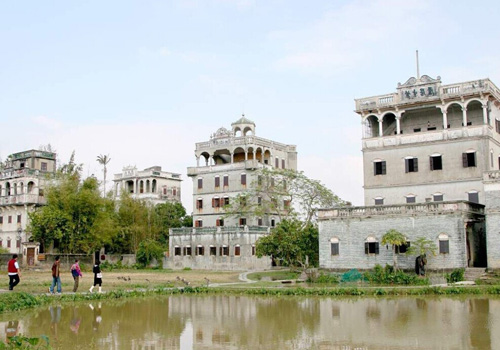
Firstly appeared in the 16th century, Kaiping watchtower reached its golden age at the end of Qing Dynasty (1644-1911) and early Republic of China (1912-1949). In those years people left Kaiping in droves to look for work abroad. Money earned through hard work or even at the expense of lives was sent back to hometown by those men named Uncle San Francisco (most of the labors made a living in the city hence the name), however, it became the objective of bandits, spectacular watchtowers setting defense and residence in one were consequently built, together with imprint of western cultures.

To such a place full of stories I was really attracted. Though the weather in Guangdong is hot at this time, I decided to visit those watchtowers I dreamed for. After about two hours driving from Guangzhou, I was transferred to Kaiping. A local guide warm-heartedly showed me around the wonderful place where is the paradise for photographing and relaxation.
Watchtowers in Kaiping roughly scatter in five places, i.e. Liyuan, Chikan Ancient Town, Zili Village, Majianglong Village and Jinjiangli Village. According to official statistics, there are totally one thousand eight hundred and thirty three watchtowers in Kaiping, but told by the guide that the actual number is more. Strolled along the buildings, I found these peaceful multilevel vernacular architectures are surrounded by paddy fields or banana gardens.
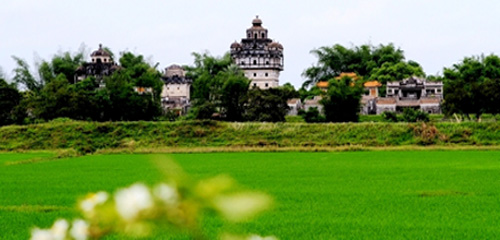
Houses in Jinjiangli Village are extremely dense and neatly located, the lanes crisscross just like chessboard. The famous Ruishi Watchtower, which is known as the No.1 in Kaiping, is located in the village. With nine stories and each equipped living facilities, it is the highest and best preserved one in Kaiping.
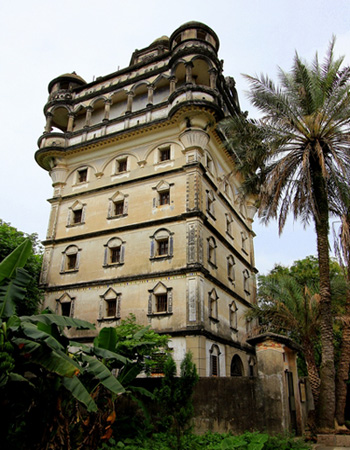
Fronting water and with hills on the back, the natural scenery of Majianglong Village is most beautiful among the places where Kaiping watchtowers located in. There are seven watchtowers and eight villas scattering in trees and bamboo clusters.
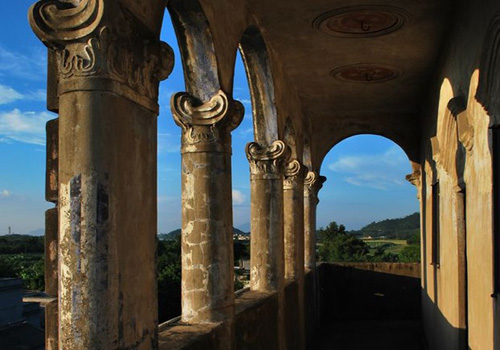
Besides watchtowers, arcade building is another significant feature of architectures in Chikan Ancient Town, and around six hundreds were built in the town. It has to say that those splendid buildings were the results of competition between two famous families Guan and Situ in the area. Both families had libraries and churches, sitting respectively at upper and lower ports along a river.
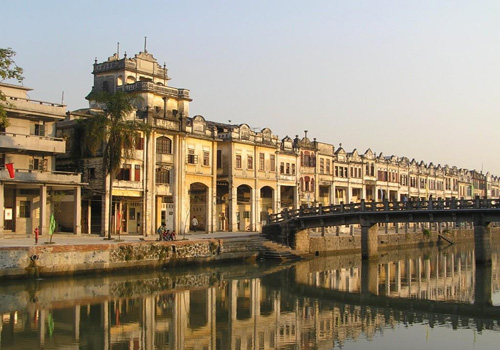
Constructed in 1936, Liyuan was a private garden belonged to an overseas Chinese in the United States. Six villas and one watchtower integrating Chinese and western architectural styles are spotted in traditional Chinese gardens. The owner’s wife entrusted the Kaiping government to preserve the garden for fifty years till 2049.
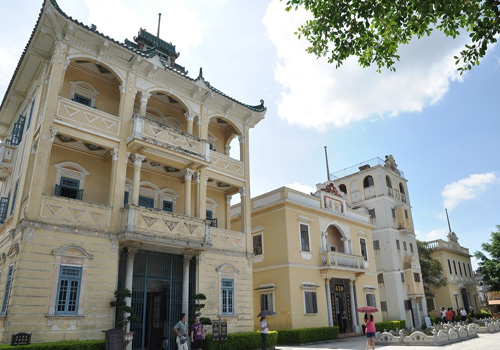
There are fifteen exquisite watchtowers with different styles in Zili Village, and they are the outstanding representatives of Kaiping watchtowers in golden age. Furniture, living facilities, production equipments and daily necessities are well preserved in these buildings, abundant and interesting.
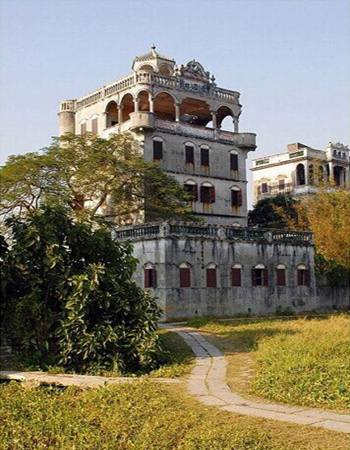
I had a quite pleasant tour in Kaiping and want to share you some information which I consider useful to some extent:
Kaiping Watchtower Travel Tips:
Opening time: 08:30~17:30
Best time for visit: April to June; September and October
Transportation: Many buses are available from Guangzhou to Kaiping, such as Fangcun, Jiaokou and Tianhe stations. Buses depart Fangcun Station at every twenty minutes and take about two hours’ driving. After arriving in Kaiping you can get to the watchtowers by No.13 bus.
Delicacies: Rice in Clay Pot (Bao Zai Fan in Chinese); Tofu Jiao (especially famous in Chikan Ancient Town)
Accommodation: If you need star hotel then you’d better stay in the downtown of Kaiping. Only guesthouses with limited facilities are available in towns.
- By Sophy(VisitOurChina)
Preview:A Bite of China II - Three Meals, fluctuate diversified paces of life
Next:To encounter nonconventional sites in Guilin - a different but splendid tour




